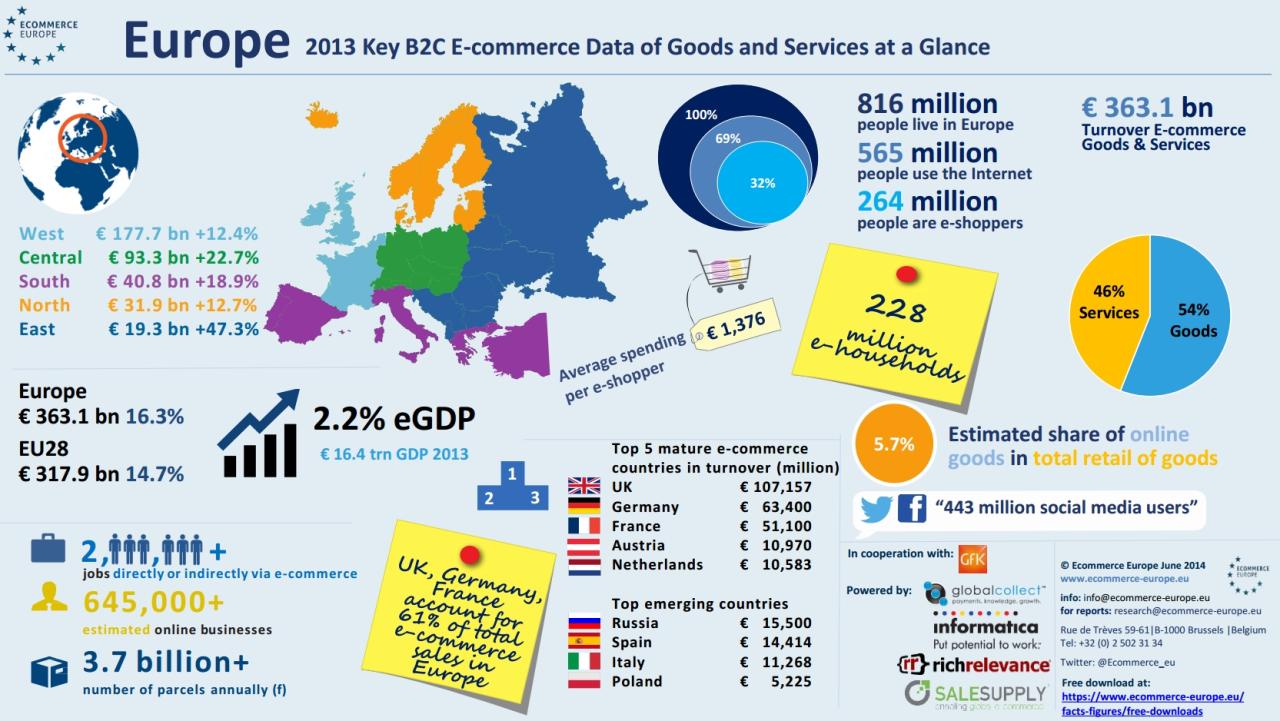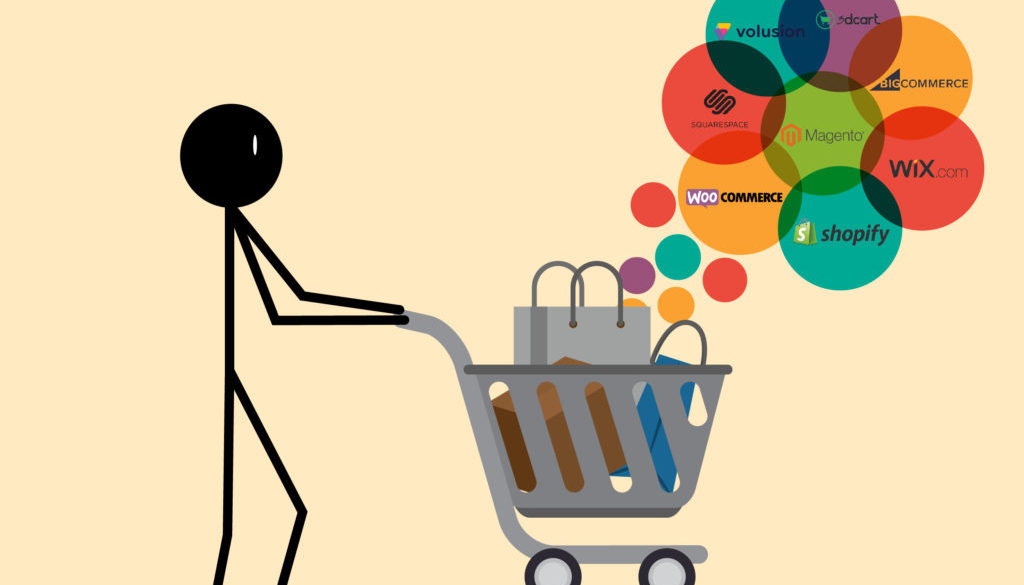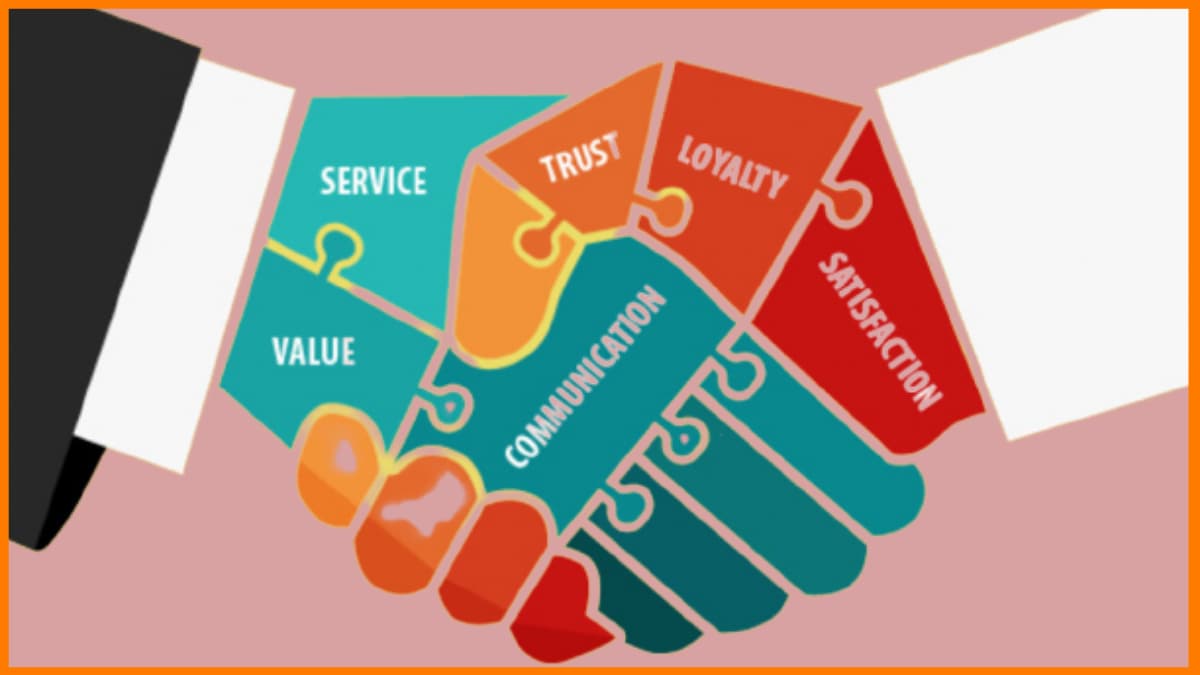Delve into the realm of SaaS platform business models and discover the secrets behind their success. From revenue strategies to customer acquisition, scalability, and data security, this captivating journey will unravel the intricacies of this innovative business model.
Overview of SaaS Platform Business Model

A Software as a Service (SaaS) platform business model is a cloud-based software delivery model where a third-party provider hosts applications and makes them available to customers over the internet. This model eliminates the need for organizations to install and maintain software on their own servers, reducing costs and improving accessibility.
Key Components of a SaaS Platform Business Model
- Subscription-Based Pricing: Customers pay a recurring fee to access the software.
- Centralized Hosting: The software is hosted on the provider's servers and accessible via the internet.
- Automatic Updates: Providers handle software updates and maintenance, ensuring customers always have access to the latest version.
- Scalability: SaaS platforms can easily scale to accommodate the needs of growing businesses.
Benefits of Adopting a SaaS Platform Business Model
- Cost-Effective: Eliminates the need for upfront hardware and software investments.
- Accessibility: Software can be accessed from any location with an internet connection.
- Automatic Updates: Ensures that customers always have access to the latest features and security patches.
- Scalability: Allows businesses to easily scale their software usage based on their needs.
Revenue Generation Strategies
In the SaaS platform business model, revenue generation strategies play a crucial role in ensuring the sustainability and growth of the company. These strategies dictate how the platform will monetize its services and generate income to support ongoing operations and innovation.Subscription-based revenue models are one of the most common strategies used in SaaS platforms.
Customers pay a recurring fee at regular intervals (monthly, annually) to access the platform's services. This model provides a predictable revenue stream for the company and fosters customer loyalty through continuous engagement.On the other hand, usage-based revenue models charge customers based on their actual usage of the platform.
This pay-as-you-go approach allows customers to scale their usage according to their needs, making it attractive for businesses with fluctuating demand. However, this model can be less predictable in terms of revenue compared to subscription-based models.
Successful Revenue Generation Strategies in SaaS Platforms
- Freemium Model: Offering a basic version of the platform for free while charging for premium features or advanced functionality.
- Tiered Pricing: Providing multiple pricing tiers with different features and capabilities to cater to a diverse range of customers.
- Add-on Services: Offering additional services or integrations that complement the core platform and provide added value to customers.
- Annual Contracts: Encouraging customers to commit to longer-term contracts with discounts or incentives for annual subscriptions.
- Partner Programs: Collaborating with other businesses or third-party developers to create a network of complementary services and generate additional revenue streams.
Customer Acquisition and Retention
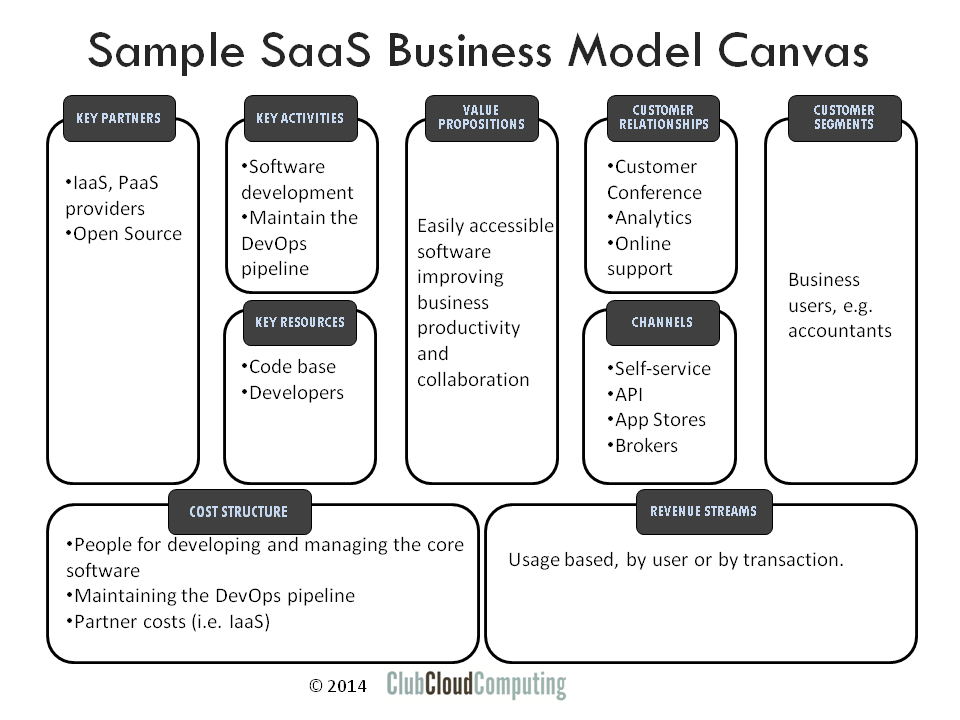
Acquiring and retaining customers are crucial aspects of running a successful SaaS platform business model. Let's delve into the techniques for acquiring customers and the importance of customer retention in the success of a SaaS platform.
Customer Acquisition Techniques
- Content Marketing: Creating valuable content such as blogs, videos, and infographics to attract potential customers and establish credibility.
- Search Engine Optimization (): Optimizing your website and content to rank higher on search engine results pages, making it easier for customers to find you.
- Referral Programs: Incentivizing existing customers to refer new customers by offering discounts, rewards, or other benefits.
- Paid Advertising: Running targeted ads on platforms like Google Ads or social media to reach a specific audience interested in your SaaS solution.
Importance of Customer Retention
Customer retention is essential for the long-term success of a SaaS platform as it leads to increased customer lifetime value and recurring revenue. Satisfied and loyal customers are more likely to renew their subscriptions, purchase additional features, and advocate for your platform, contributing to sustainable growth.
Strategies for Improving Customer Retention
- Enhanced Customer Support: Providing timely and effective customer support through various channels like live chat, email, and phone to address customer issues and inquiries promptly.
- Personalization: Tailoring your communications and offerings based on customer preferences and behavior to create a more personalized and engaging experience.
- Continuous Product Improvement: Regularly updating and enhancing your SaaS platform based on customer feedback and market trends to ensure it remains relevant and valuable to users.
- Customer Success Programs: Implementing customer success programs to help customers achieve their desired outcomes with your SaaS solution, increasing satisfaction and retention rates.
Scalability and Infrastructure
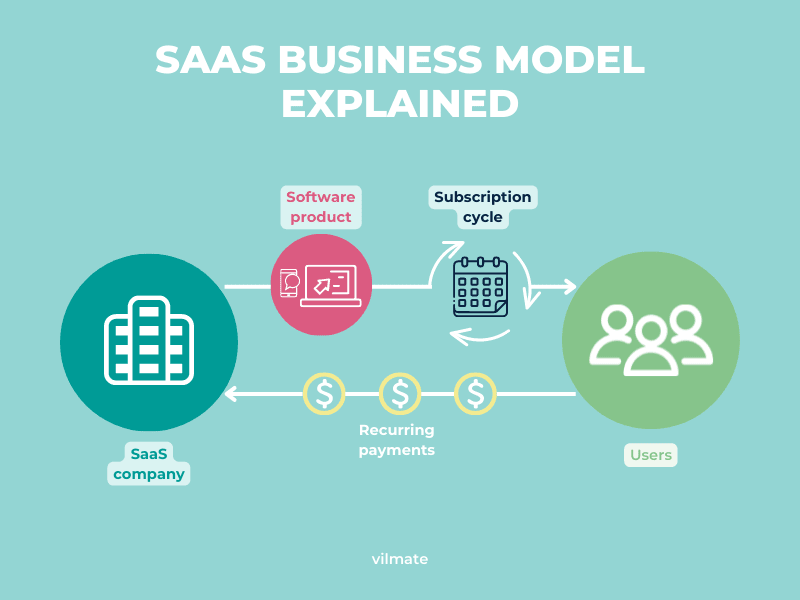
Scalability is a crucial aspect for SaaS platforms to handle growth and increased demand effectively. The ability to scale up or down based on user requirements is essential for the success of any SaaS business model.
Scalability Challenges Faced by SaaS Platforms
- Managing increased user load without compromising performance
- Ensuring data security and compliance while scaling
- Dealing with complex integrations as the platform grows
- Maintaining a seamless user experience across various devices
Essential Infrastructure Components for a Scalable SaaS Platform
- Highly scalable and reliable cloud infrastructure
- Distributed architecture for load balancing and fault tolerance
- Elastic storage and compute resources to handle fluctuations in demand
- Automated monitoring and scaling mechanisms for efficient resource utilization
Role of Cloud Computing in Supporting Scalability
Cloud computing plays a vital role in enabling scalability for SaaS platforms by providing on-demand access to a shared pool of resources over the internet. It allows businesses to scale their infrastructure up or down based on current needs, without the need for heavy upfront investments in hardware.
Data Security and Compliance
Ensuring data security and compliance is crucial for SaaS platforms to maintain the trust of their customers and protect sensitive information from potential breaches.
Importance of Data Security
- Implementing robust data security measures helps in safeguarding customer data, including personal information and confidential business data.
- Protecting data integrity and confidentiality is essential to prevent unauthorized access and data leaks that can harm both customers and the platform.
- Compliance with data security regulations not only builds trust with customers but also helps in avoiding costly penalties and legal issues.
Compliance Requirements for SaaS Platforms
- SaaS platforms need to adhere to regulations like GDPR, HIPAA, PCI DSS, and other industry-specific standards depending on the type of data they handle.
- Regular audits and assessments are necessary to ensure compliance with data protection laws and regulations to avoid potential fines and legal consequences.
- Data encryption, access controls, and secure data storage are some of the key requirements for maintaining compliance in SaaS platforms.
Best Practices for Data Security and Compliance
- Implementing end-to-end encryption to protect data both in transit and at rest.
- Regularly updating security protocols and patches to address vulnerabilities and protect against emerging threats.
- Conducting regular security training for employees to raise awareness about data security best practices and potential risks.
- Utilizing multi-factor authentication and strong password policies to enhance account security and prevent unauthorized access.
- Partnering with reputable cloud service providers that prioritize data security and compliance standards.
Closure
As we reach the end of this exploration, the SaaS platform business model emerges as a powerhouse of potential. With a focus on revenue, customers, scalability, and security, mastering this model can lead to unparalleled success in the digital landscape.
User Queries
What are the key components of a SaaS platform business model?
The key components include subscription models, scalability features, data security measures, and customer retention strategies.
How can SaaS platforms improve customer retention rates?
By offering personalized experiences, continuous value updates, excellent customer support, and loyalty programs.
What role does cloud computing play in supporting the scalability of SaaS platforms?
Cloud computing provides the infrastructure needed for flexible scalability, allowing SaaS platforms to expand or contract based on demand.

